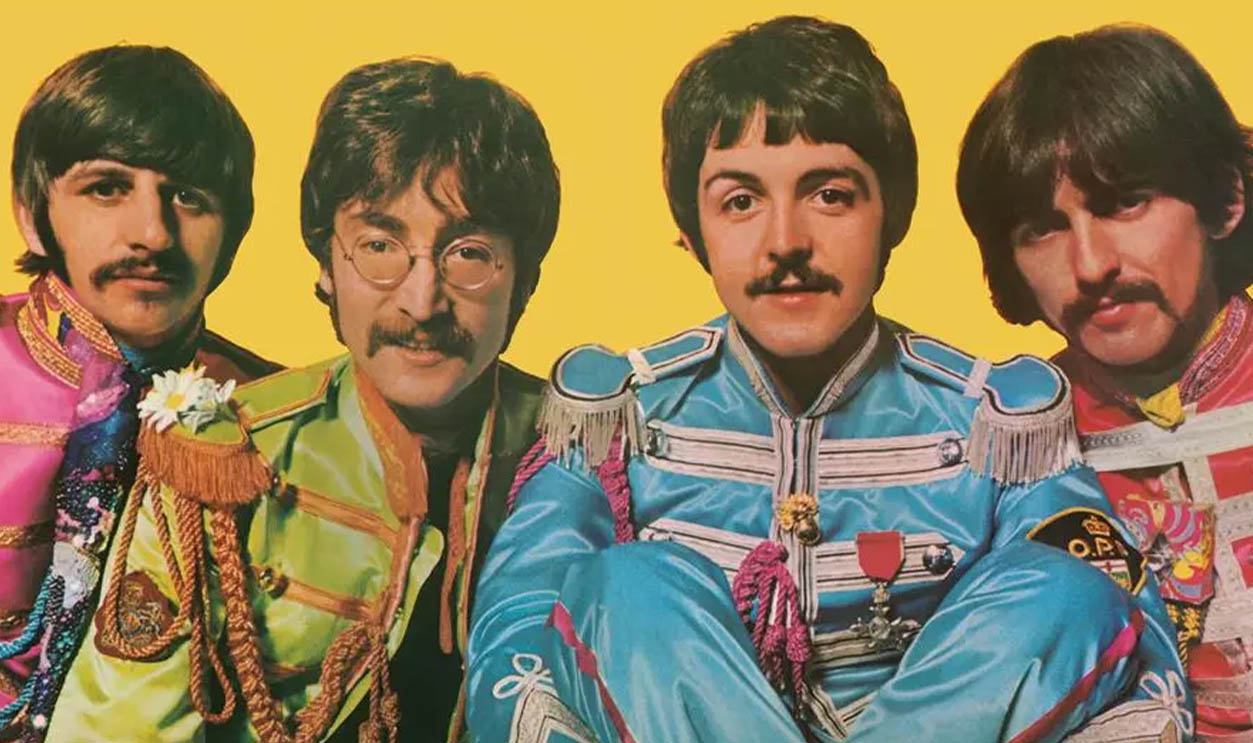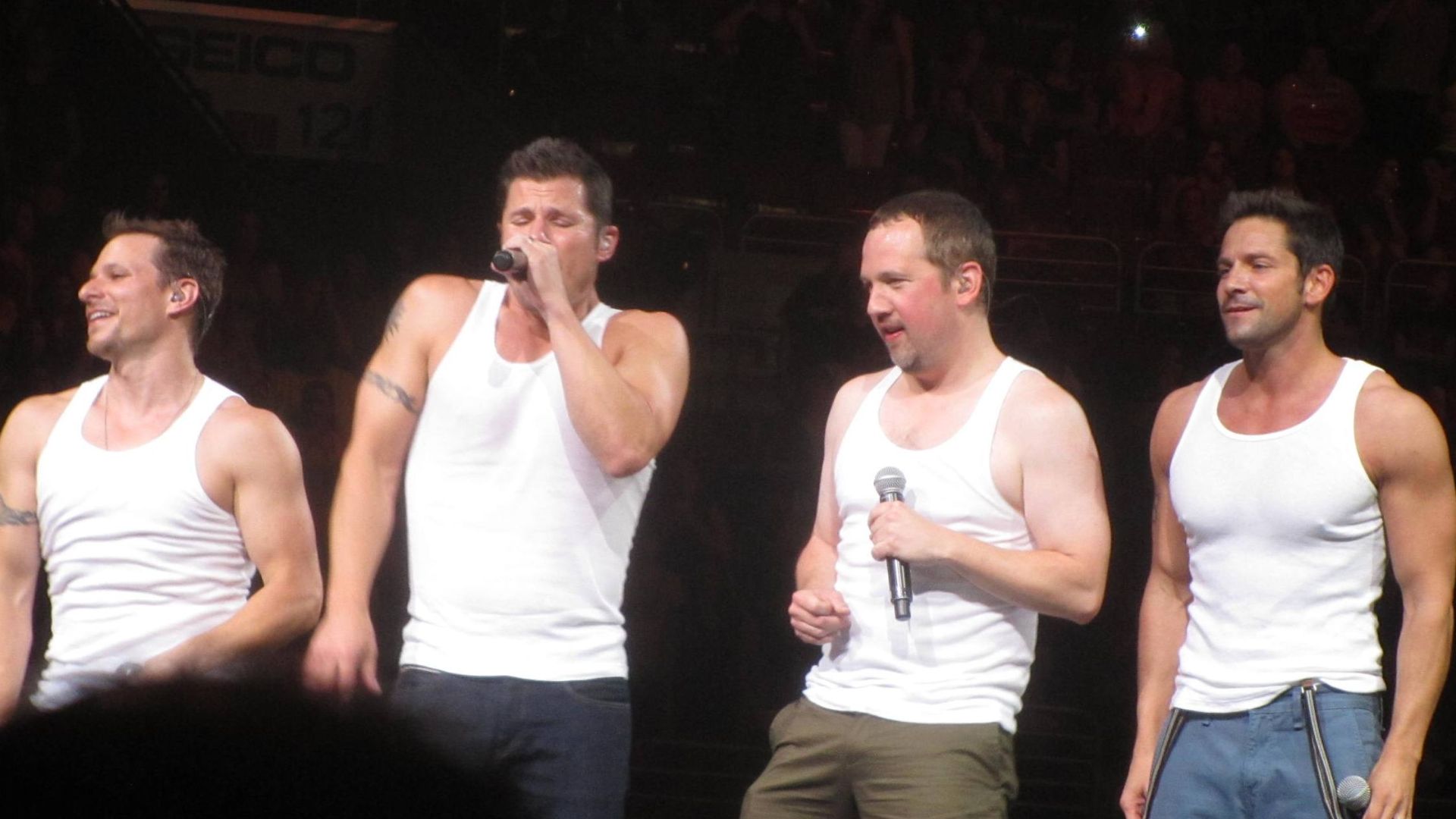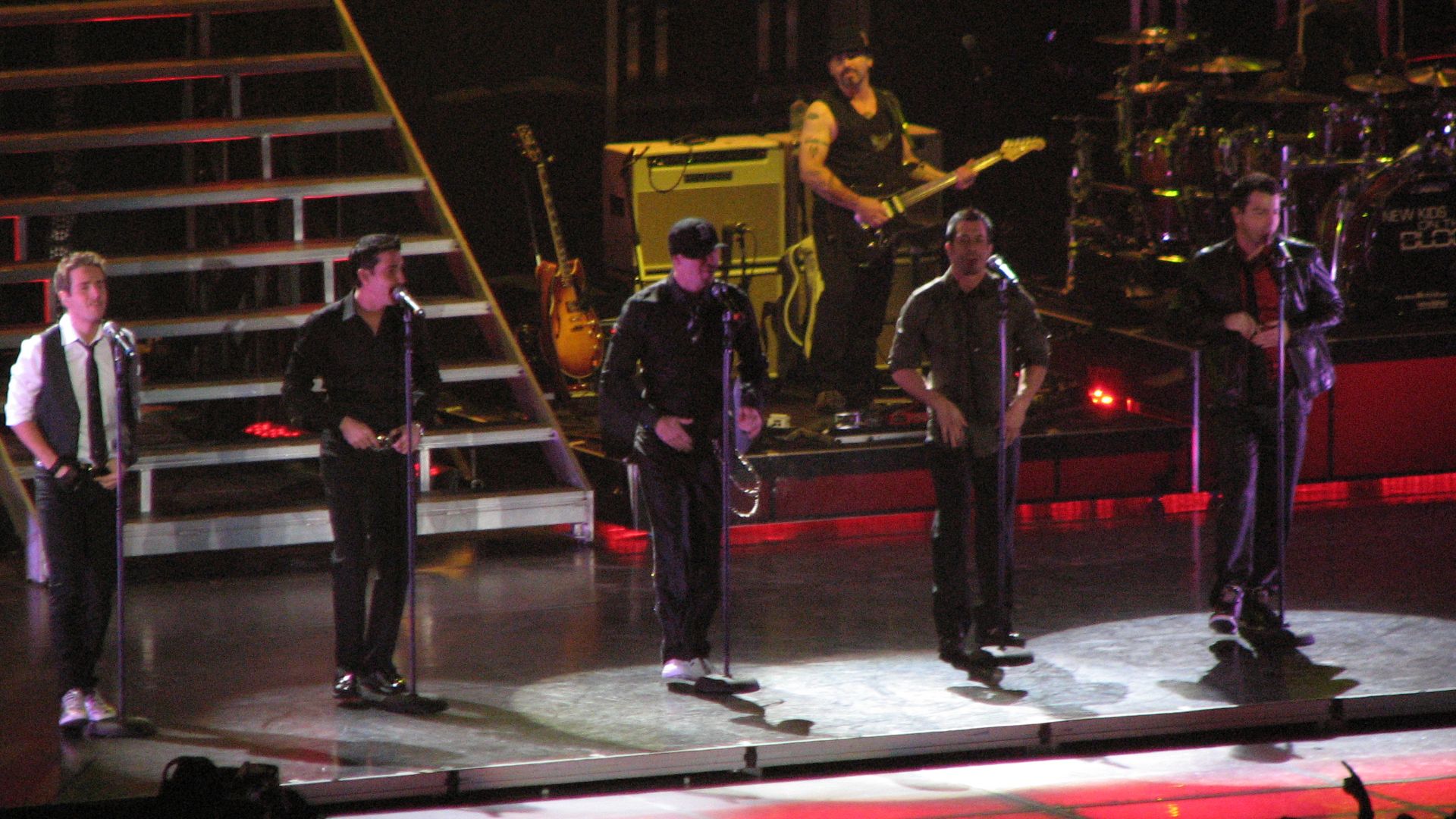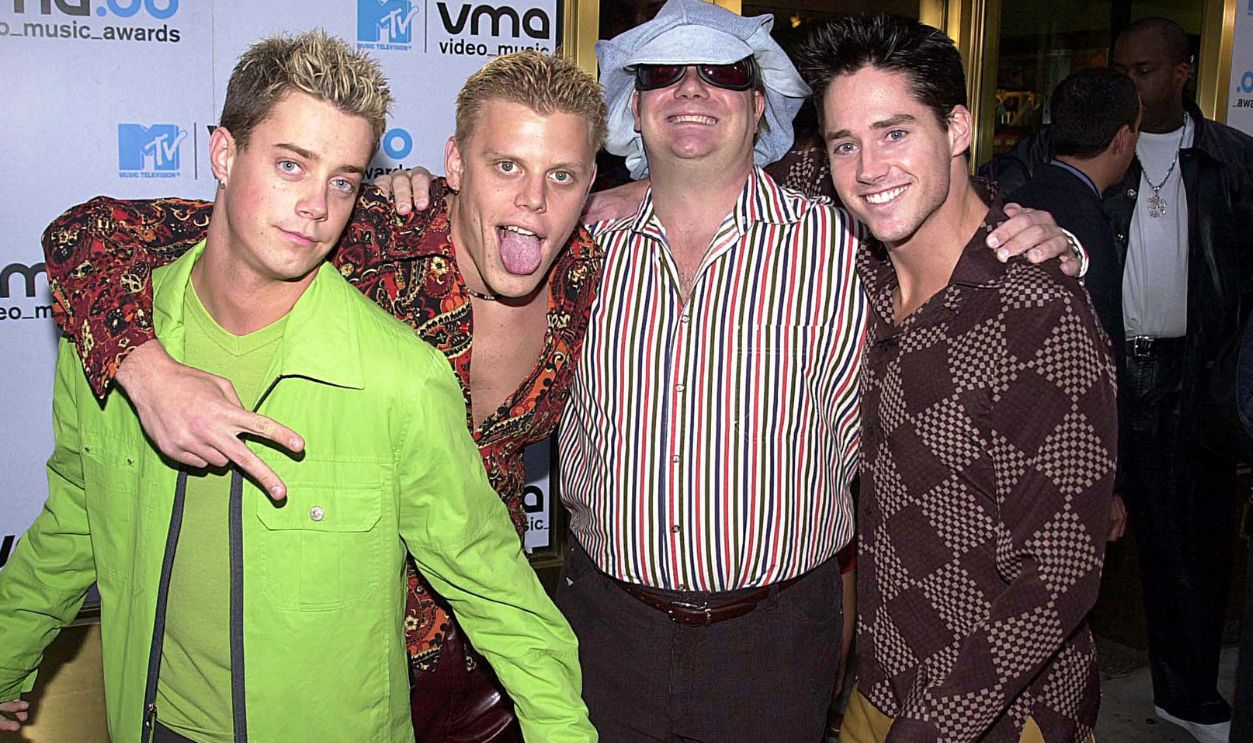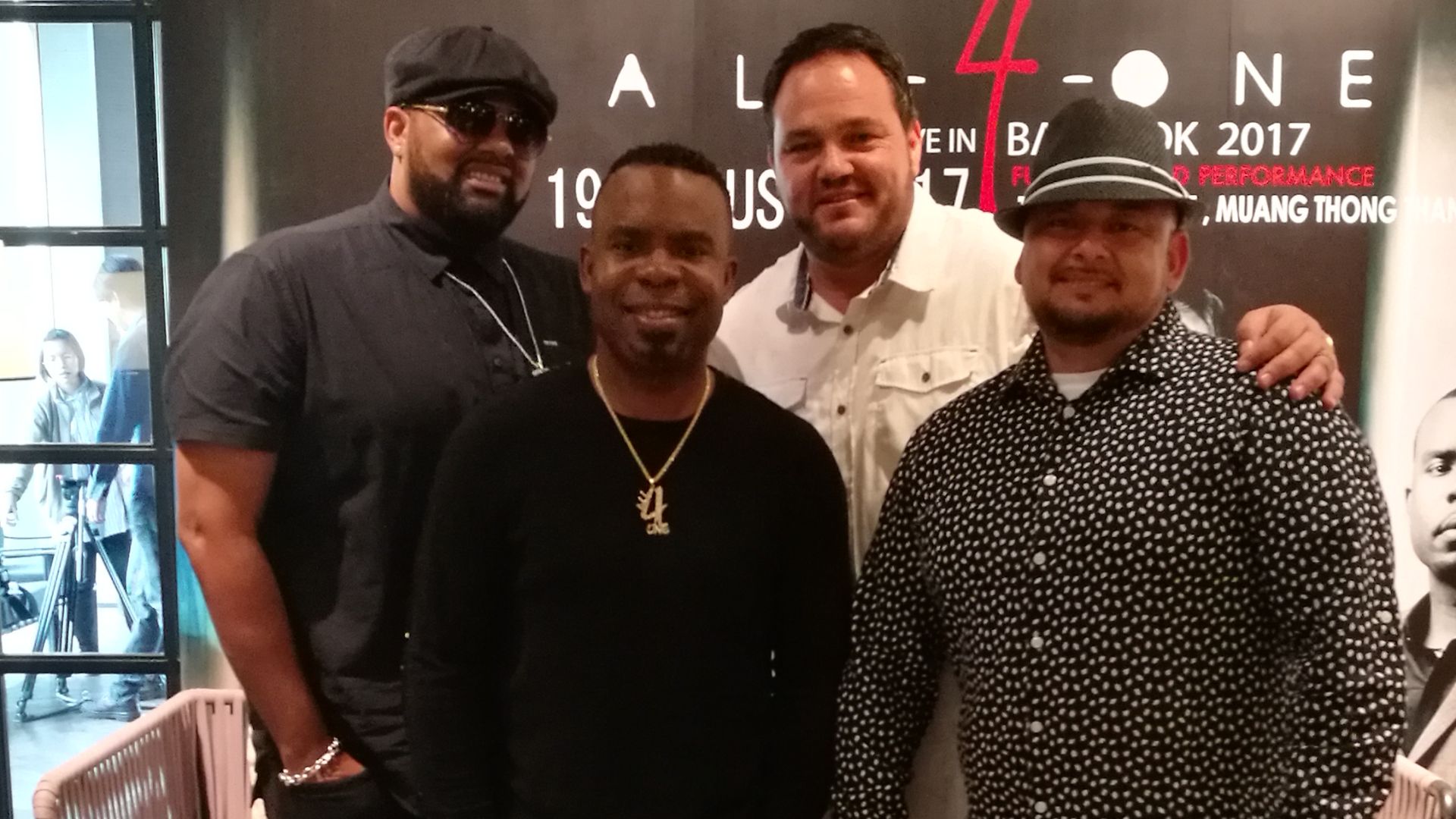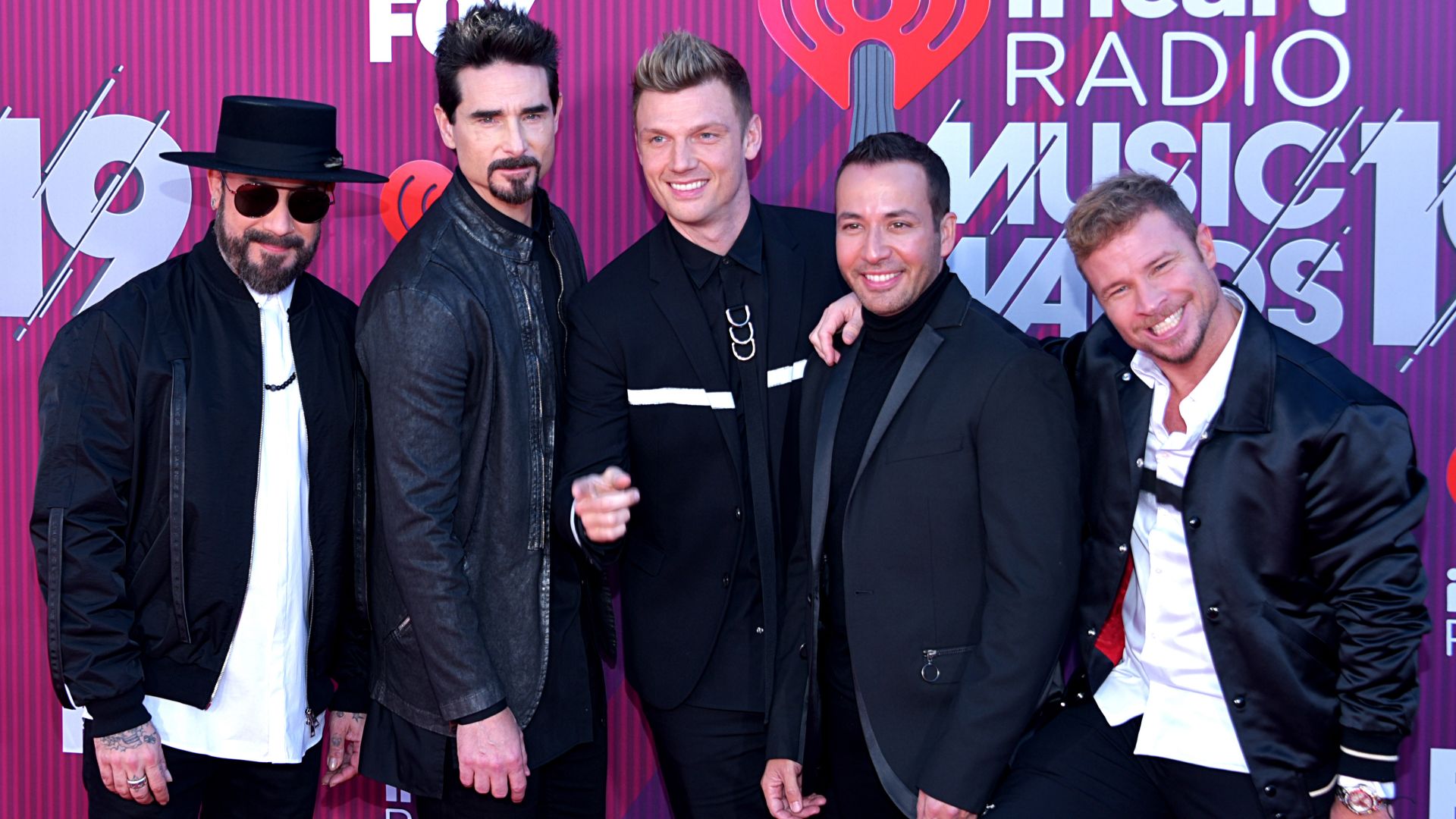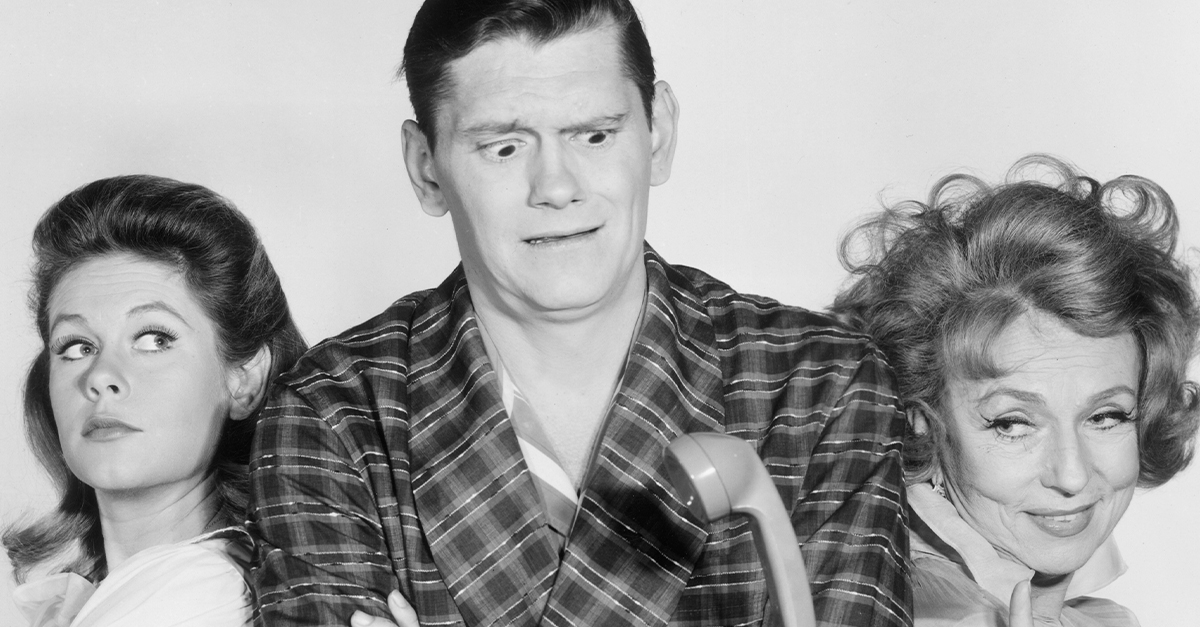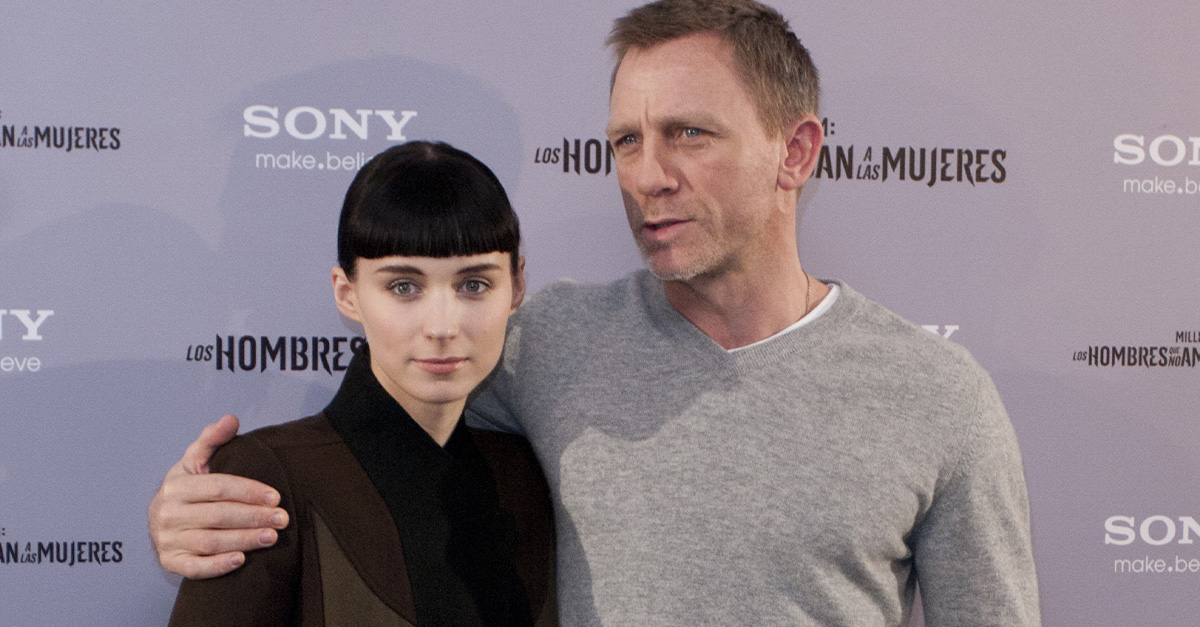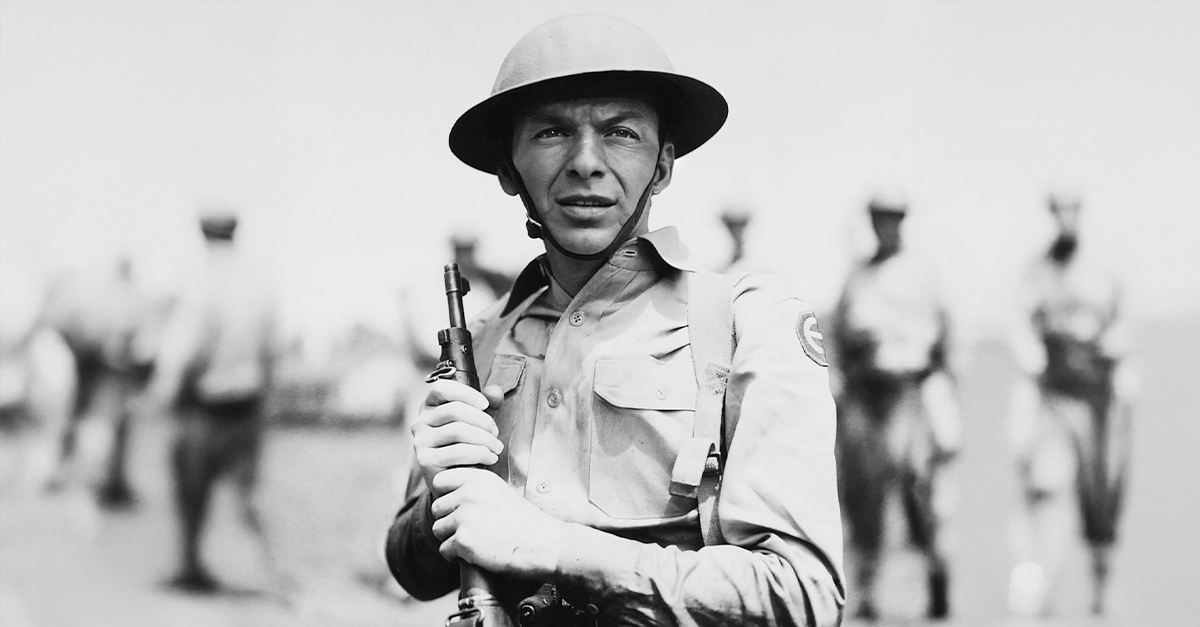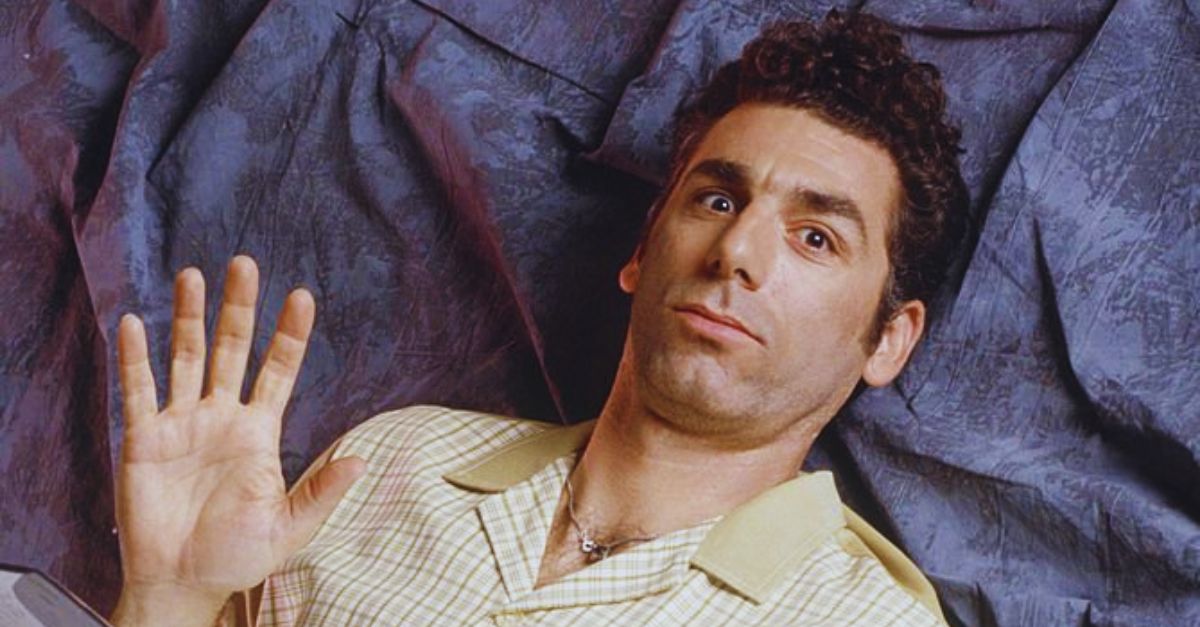From Mop Tops To Mic Drops
Boy bands have always been more than just pretty faces with catchy hooks. They’ve been the soundtrack to countless crushes, the architects of pop trends, and the heartbeat of fan hysteria across generations. From 60s mop-top mania to the sleek choreography of modern K-pop, boy bands have evolved with the times— yet their mission remains the same: harmony, charisma, and songs that make millions swoon. Let’s take a trip through the decades and celebrate the boy bands that defined their eras.
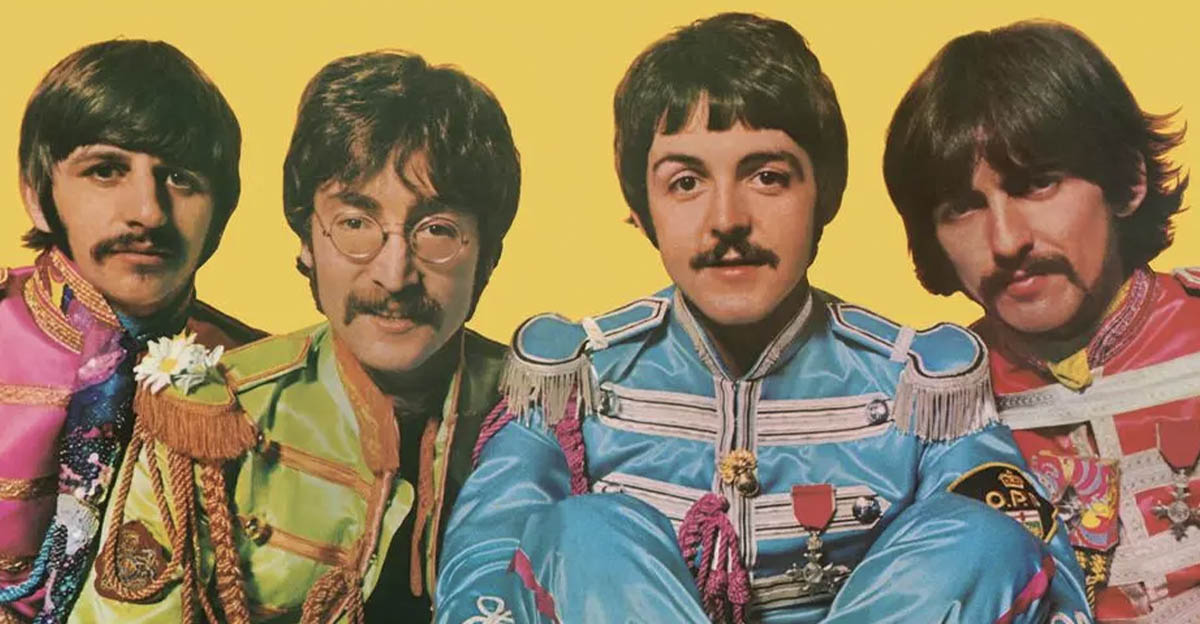
The Beatles
Before anyone even coined the term “boy band,” there were The Beatles. John, Paul, George, and Ringo didn’t just conquer pop—they revolutionized it. With coordinated suits, charming smiles, and timeless melodies like “I Want to Hold Your Hand,” they sparked Beatlemania and changed music forever. The Fab Four’s songwriting evolution from bubblegum hits to deeper rock artistry makes them the blueprint every boy band still follows.
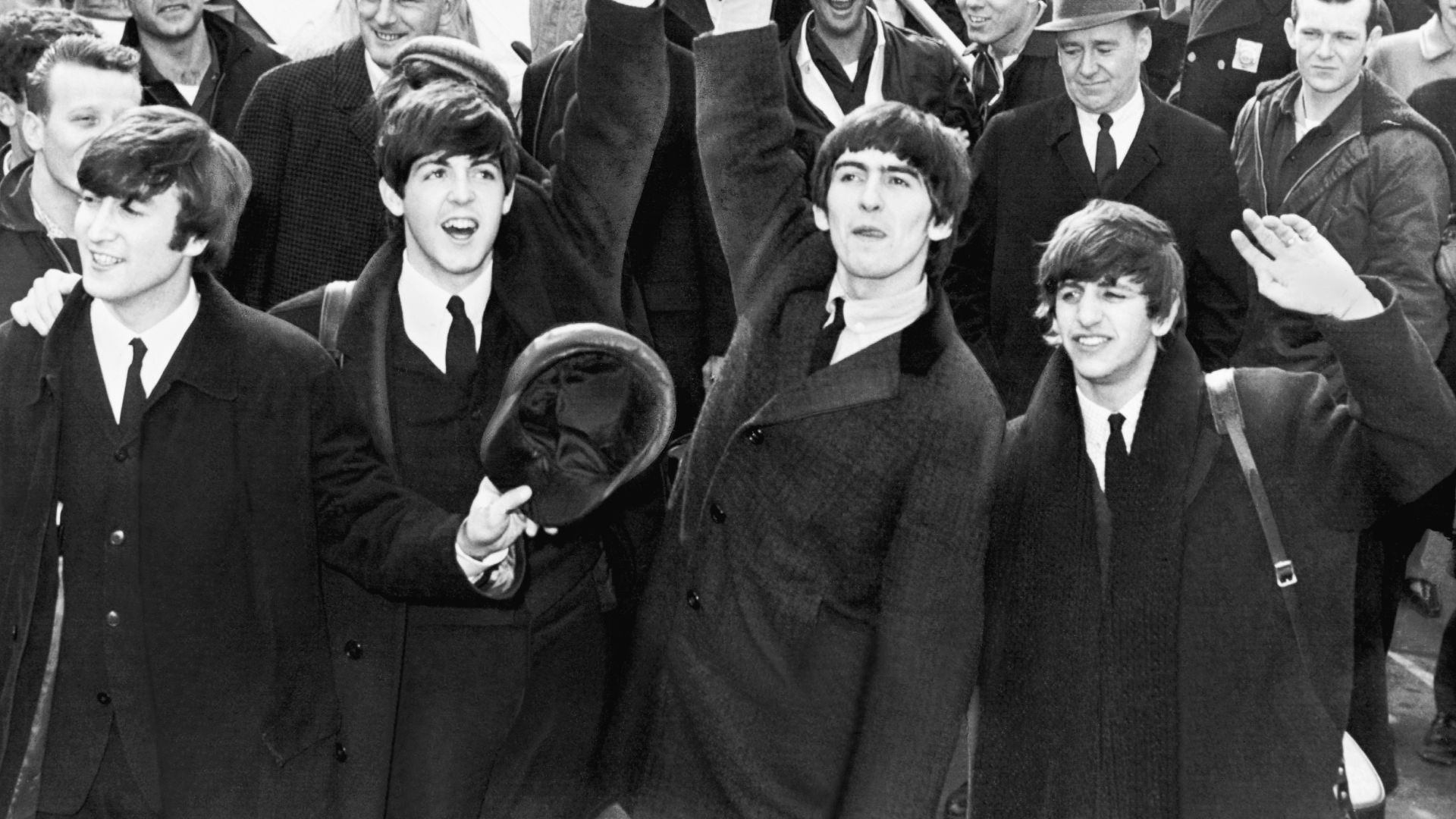 United Press International, photographer unknown, Wikimedia Commons
United Press International, photographer unknown, Wikimedia Commons
BTS
BTS didn’t just dominate charts—they redefined what it means to be a global pop phenomenon. Blending introspective lyrics, genre fusion, and jaw-dropping performances, the seven-member group became ambassadors of modern fandom culture. From “Dynamite” to “Butter,” their infectious energy and messages of self-love have inspired millions, cementing them as the 21st century’s biggest boy band, and maybe its most meaningful.
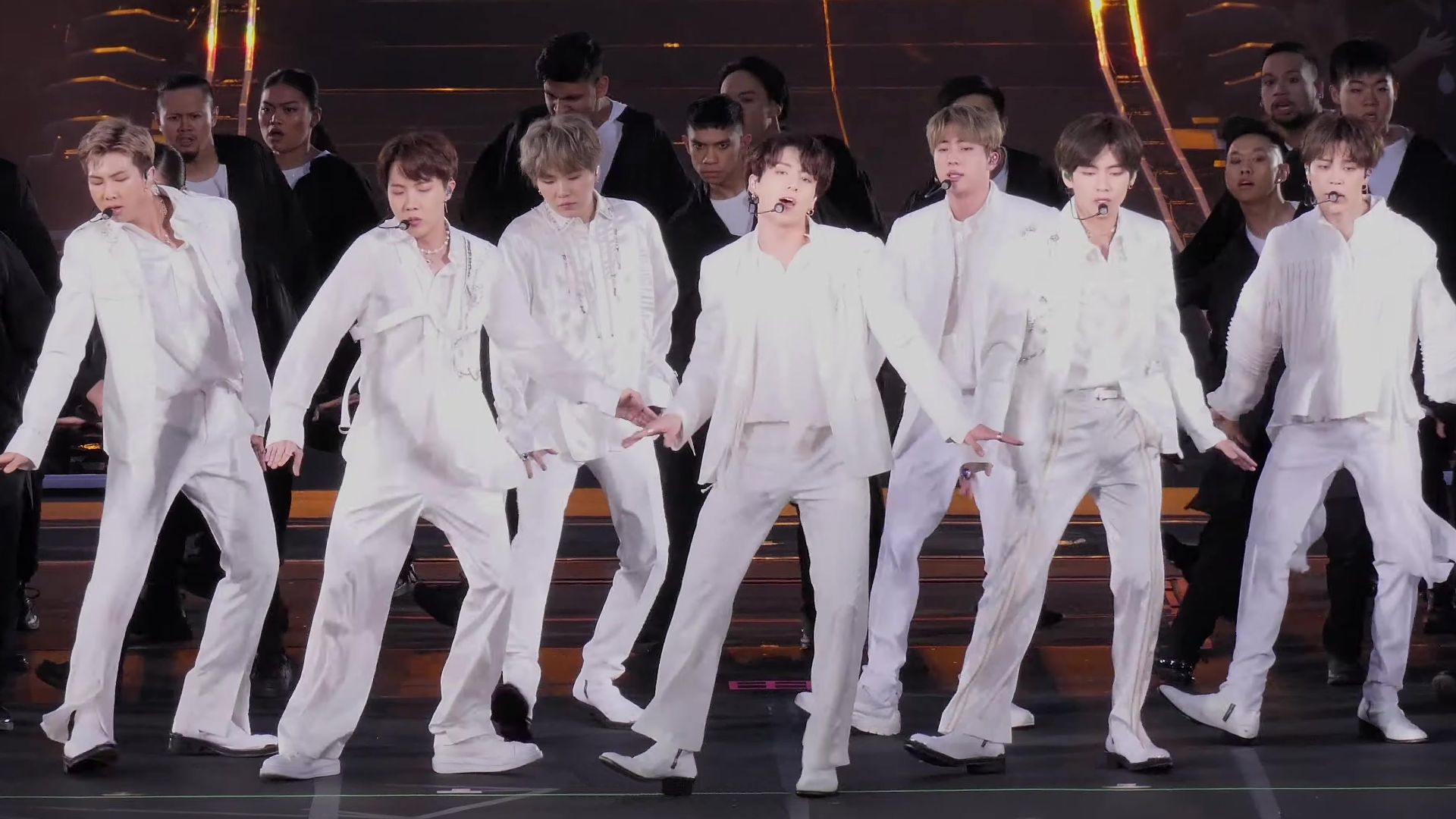 I DARE U JK, Wikimedia Commons
I DARE U JK, Wikimedia Commons
Boyz II Men
In the early 90s, Boyz II Men brought silky harmonies and emotional depth to the mainstream. Their lush ballads like “End of the Road” and “I’ll Make Love to You” blended R&B finesse with pop appeal, earning them multiple Grammys. Their crossover success paved the way for future vocal groups, proving that impeccable harmonies and heartfelt emotion never go out of style.
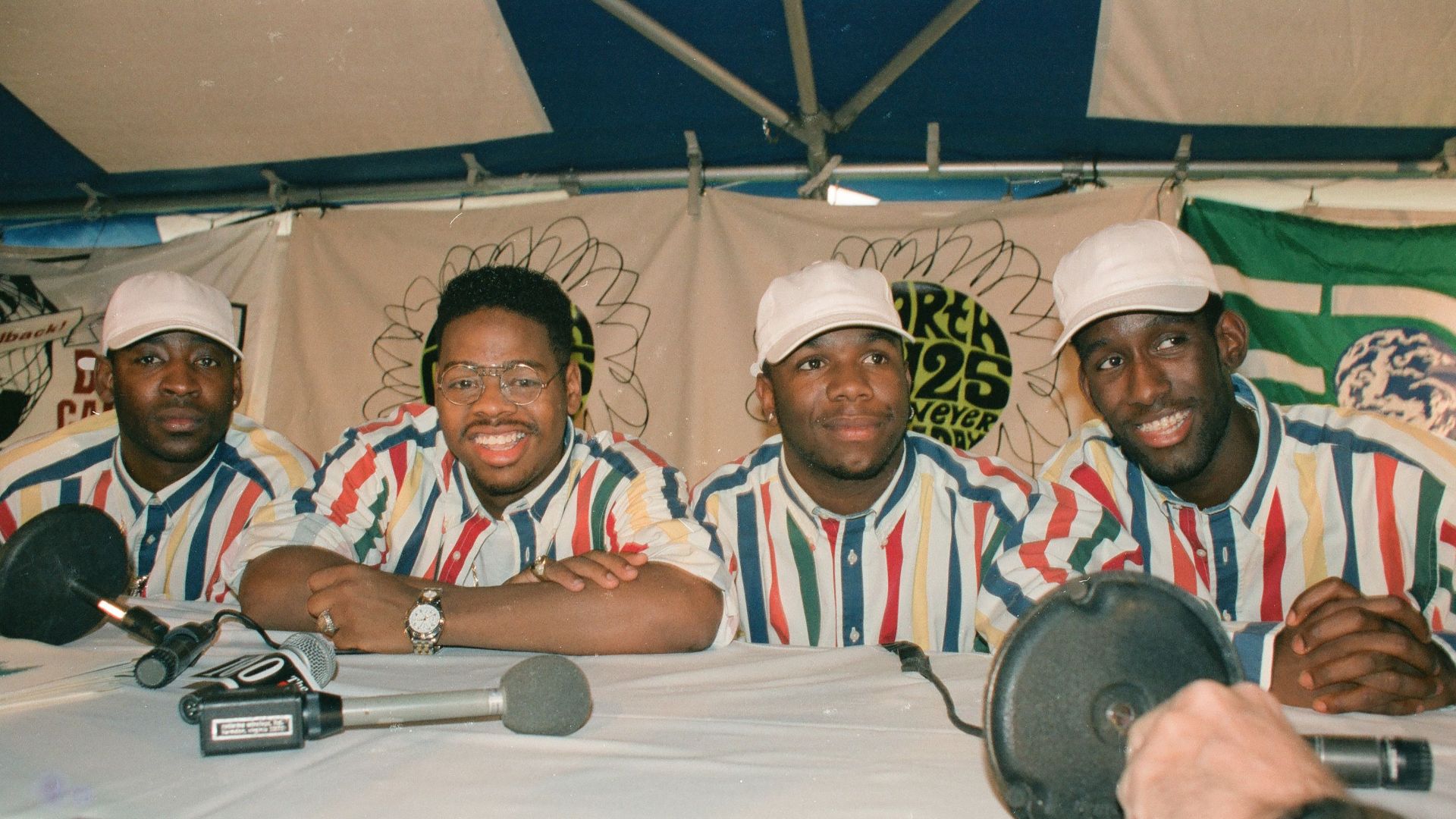 John Mathew Smith & www.celebrity-photos.com from Laurel Maryland, USA, Wikimedia Commons
John Mathew Smith & www.celebrity-photos.com from Laurel Maryland, USA, Wikimedia Commons
One Direction
When One Direction emerged from The X Factor in 2010, few predicted they’d become the voice of a generation. Their chemistry, cheeky humor, and infectious hits like “What Makes You Beautiful” defined 2010s pop culture. Despite their breakup in 2016, each member went on to successful solo careers, but the magic of 1D’s boyish charm and stadium anthems still lingers in every fan’s heart.
 Brett Robson – Global Photographics, Wikimedia Commons
Brett Robson – Global Photographics, Wikimedia Commons
*NSYNC
In the late 90s, *NSYNC ruled MTV with impeccable choreography and matching outfits. Backed by Justin Timberlake’s charisma and songs like “Bye Bye Bye,” they blended glossy pop with vocal power. Their rivalry with the Backstreet Boys fueled one of pop’s greatest eras, and even after their split, their influence on pop performance remains unmatched.
 Alfredo Matheus Diez, Wikimedia Commons
Alfredo Matheus Diez, Wikimedia Commons
98 Degrees
The smoother, more soulful alternative to *NSYNC* and Backstreet Boys, 98 Degrees combined vocal warmth with timeless romance. Hits like “Because of You” and “I Do” showcased harmonies that leaned closer to Boyz II Men than bubblegum pop. Nick Lachey’s vocal leadership and the group’s mature tone made them the perfect soundtrack for late-90s love stories.
The Jackson 5
Before they were Motown legends, The Jackson 5 were a family of prodigies led by a young Michael Jackson. Their electrifying energy and hits like “ABC” and “I Want You Back” made them instant icons. The group’s crossover appeal and danceable sound bridged pop, R&B, and soul—setting the stage for generations of performers to come.
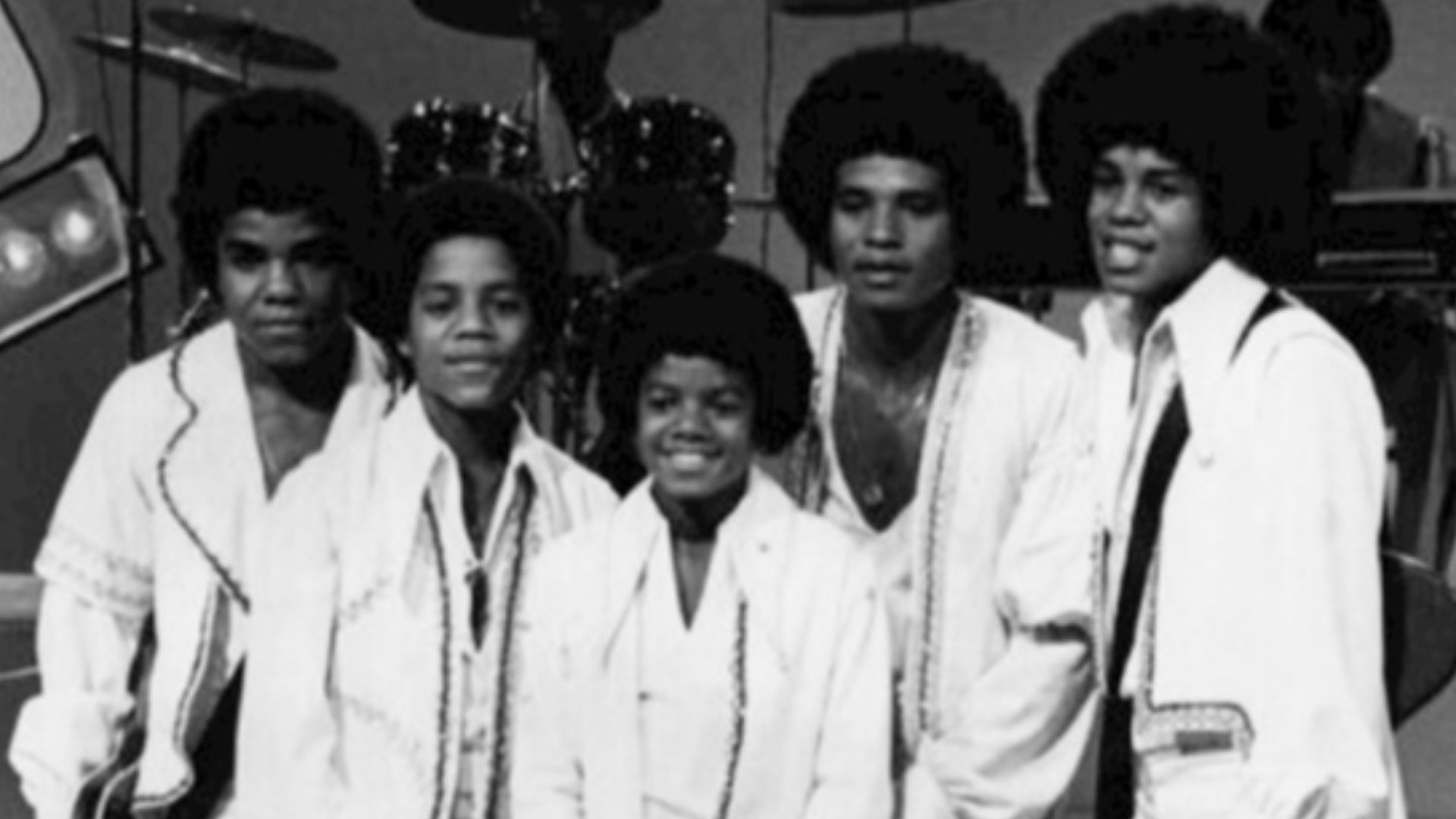 CBS Television, Wikimedia Commons
CBS Television, Wikimedia Commons
New Kids On The Block
NKOTB practically invented modern boy-band mania. With slick dance moves, coordinated fashion, and songs like “Hangin’ Tough,” they dominated the late ‘80s. Their massive tours and merchandising empire inspired every group that followed. Decades later, their reunion tours prove the fandom’s love never really faded.
2ge+her
A parody that became unexpectedly beloved, 2ge+her began as an MTV mockumentary but evolved into a real charting boy band. Songs like “The Hardest Part of Breaking Up (Is Getting Back Your Stuff)” hilariously spoofed boy-band tropes while still being legitimately catchy. They blurred the line between satire and sincerity, and earned a cult following in the process.
New Edition
Before *NSYNC or NKOTB, there was New Edition. These Boston teens fused R&B, pop, and funk with hits like “Candy Girl”. The group’s internal feuds and member swaps (hello, Bobby Brown) couldn’t stop their impact. Their influence birthed the template for modern boy bands, including the ones that followed in their footsteps.
 Mike Edwards, Los Angeles Times, Wikimedia Commons
Mike Edwards, Los Angeles Times, Wikimedia Commons
CNCO
CNCO brought Latin flair to the boy-band formula. Formed on the reality show La Banda, the group’s blend of reggaeton, pop, and dance hits like “Reggaetón Lento” earned them an international following. They’ve become modern ambassadors for Latin pop, proving that the boy-band craze transcends language.
 Teca Lamboglia, Wikimedia Commons
Teca Lamboglia, Wikimedia Commons
O-Town
Born from the reality series Making the Band, O-Town embodied the early-2000s boy-band explosion. Their debut single “Liquid Dreams” was both cheesy and irresistible, while ballads like “All or Nothing” showcased their genuine vocal chops. Though their fame was short-lived, they’re remembered fondly as icons of TRL-era pop.
 jenniferlinneaphotography from Denver, CO, USA, Wikimedia Commons
jenniferlinneaphotography from Denver, CO, USA, Wikimedia Commons
Hanson
“MMMBop” might have been sugary-sweet, but Hanson’s musicality was real. The trio of brothers played their own instruments and wrote their own songs, setting them apart from their peers. Over time, they evolved into credible musicians with a loyal following—proof that a catchy debut doesn’t have to define your career forever.
Take That
Before One Direction, Take That was the UK’s ultimate boy band. With Robbie Williams’ wild streak and Gary Barlow’s songwriting chops, they balanced pop perfection with emotional depth. Songs like “Back for Good” and “Never Forget” made them national treasures, and their successful reunion decades later only solidified their legendary status.
Jodeci
Known as the “bad boys of R&B,” Jodeci added a sensual edge to early-’90s music. Their raw vocals and slow jams like “Forever My Lady” influenced an entire generation of artists. Members later split into K-Ci & JoJo and Devante Swing’s production empire, but the original group’s grit and groove remain unmatched.
 Denise Truscello, Getty Images
Denise Truscello, Getty Images
Menudo
Menudo was the original Latin boy-band phenomenon. With a revolving lineup of young singers (including Ricky Martin), they captivated audiences across Latin America in the ‘80s. Their model of youth, energy, and charm inspired countless successors and proved that reinvention could keep a boy band eternal.
 RobertAvellanet, Wikimedia Commons
RobertAvellanet, Wikimedia Commons
SB19
SB19 put the Philippines on the global boy-band map. Blending sharp choreography and heartfelt lyrics, they’ve become leaders of the “P-pop” movement. Their hit “What?” and their passionate fanbase, A’TIN, show how deeply they’ve connected with audiences worldwide. They’re proof that pop excellence knows no borders.
 Jamie Lihan, Wikimedia Commons
Jamie Lihan, Wikimedia Commons
All-4-One
All-4-One specialized in timeless slow jams and vocal mastery. Their smash hit “I Swear” became a wedding staple and earned a Grammy in 1995. With their smooth harmonies and R&B sensibilities, they bridged the gap between pop ballads and classic soul, leaving a romantic legacy that still endures.
SEVENTEEN
With thirteen members divided into subunits for performance, hip-hop, and vocals, SEVENTEEN turned precision teamwork into an art form. Their self-produced hits and intricate choreography made them one of K-pop’s most respected acts. Songs like “Don’t Wanna Cry” and “Super” showcase a group that thrives on both style and substance.
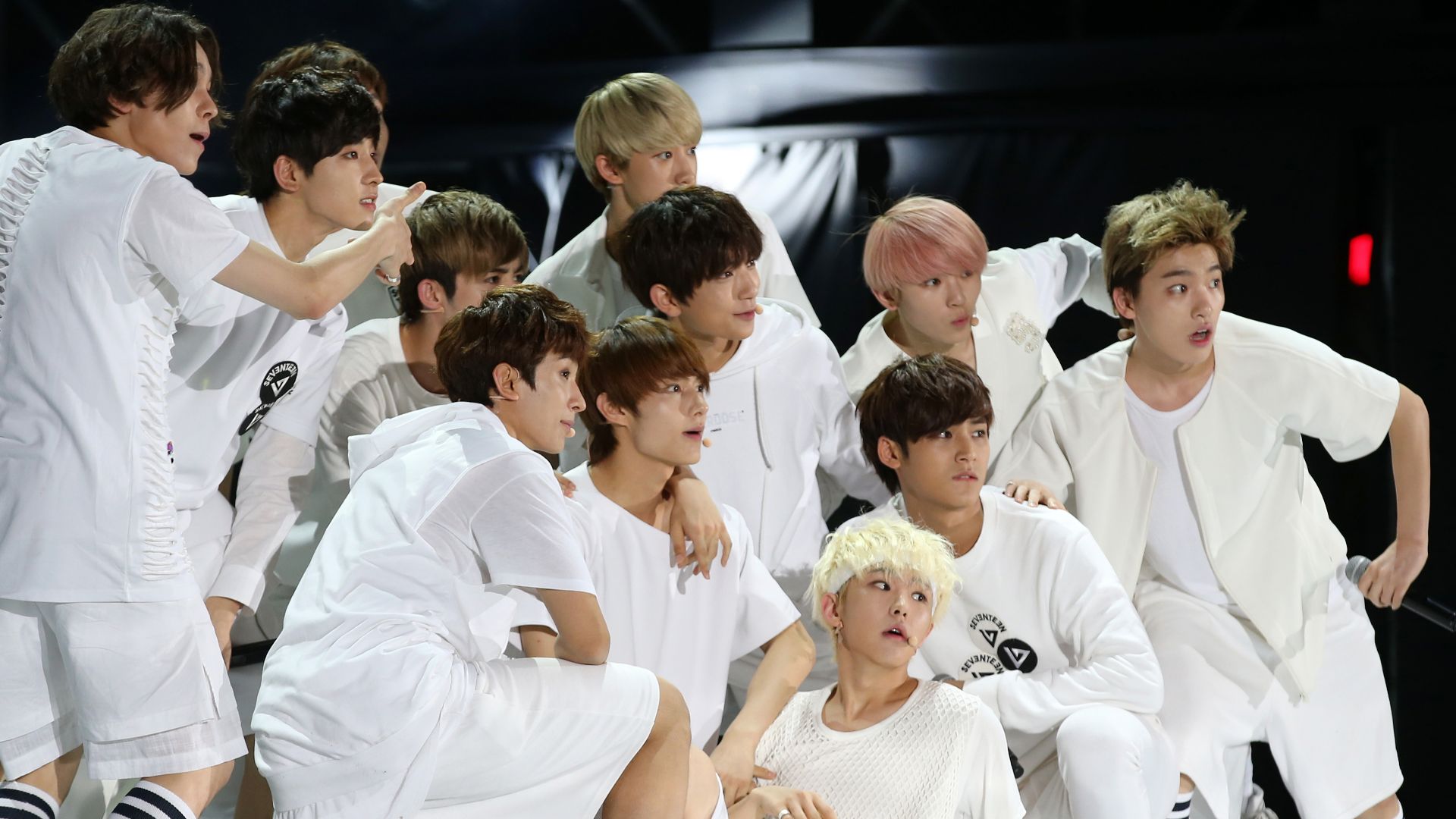 Korea.net / Korean Culture and Information Service (Jeon Han), Wikimedia Commons
Korea.net / Korean Culture and Information Service (Jeon Han), Wikimedia Commons
5ive
In the late ‘90s, 5ive gave the UK boy-band scene a rowdier edge. With songs like “Keep On Movin’” and “Slam Dunk (Da Funk),” they mixed pop hooks with street attitude. Their slightly rebellious vibe made them stand out amid polished contemporaries, earning them lasting affection from fans craving a little chaos with their choruses.
 picture alliance, Getty Images
picture alliance, Getty Images
B2K
B2K owned the early-2000s R&B scene with hits like “Bump, Bump, Bump”. Fronted by Omarion, their mix of smooth vocals and slick dance moves made them MTV favorites. Though internal disputes led to their breakup, their brief run left a big mark on millennial pop culture—and plenty of fans still hoping for a reunion.
Big Time Rush
Nickelodeon’s Big Time Rush blurred the line between fiction and fame, but their catchy songs made them real chart contenders. “Boyfriend” and “Til I Forget About You” captured the pop-rock energy of the early 2010s. Their 2020s reunion has proven that nostalgia and great hooks never go out of style.
Westlife
Westlife were the kings of key changes and heartfelt ballads. Their harmonies on songs like “Flying Without Wings” and “You Raise Me Up” made them one of the UK’s most successful groups ever. While others chased reinvention, Westlife stayed classic—and it worked beautifully.
 Warner Music New Zealand, Wikimedia Commons
Warner Music New Zealand, Wikimedia Commons
Big Bang
As one of K-pop’s most influential groups, Big Bang blended hip-hop swagger with emotional storytelling. G-Dragon’s visionary style and hits like “Fantastic Baby” set trends across Asia and beyond. Despite controversies and long hiatuses, their artistry remains unmatched, influencing nearly every boy band that followed in their wake.
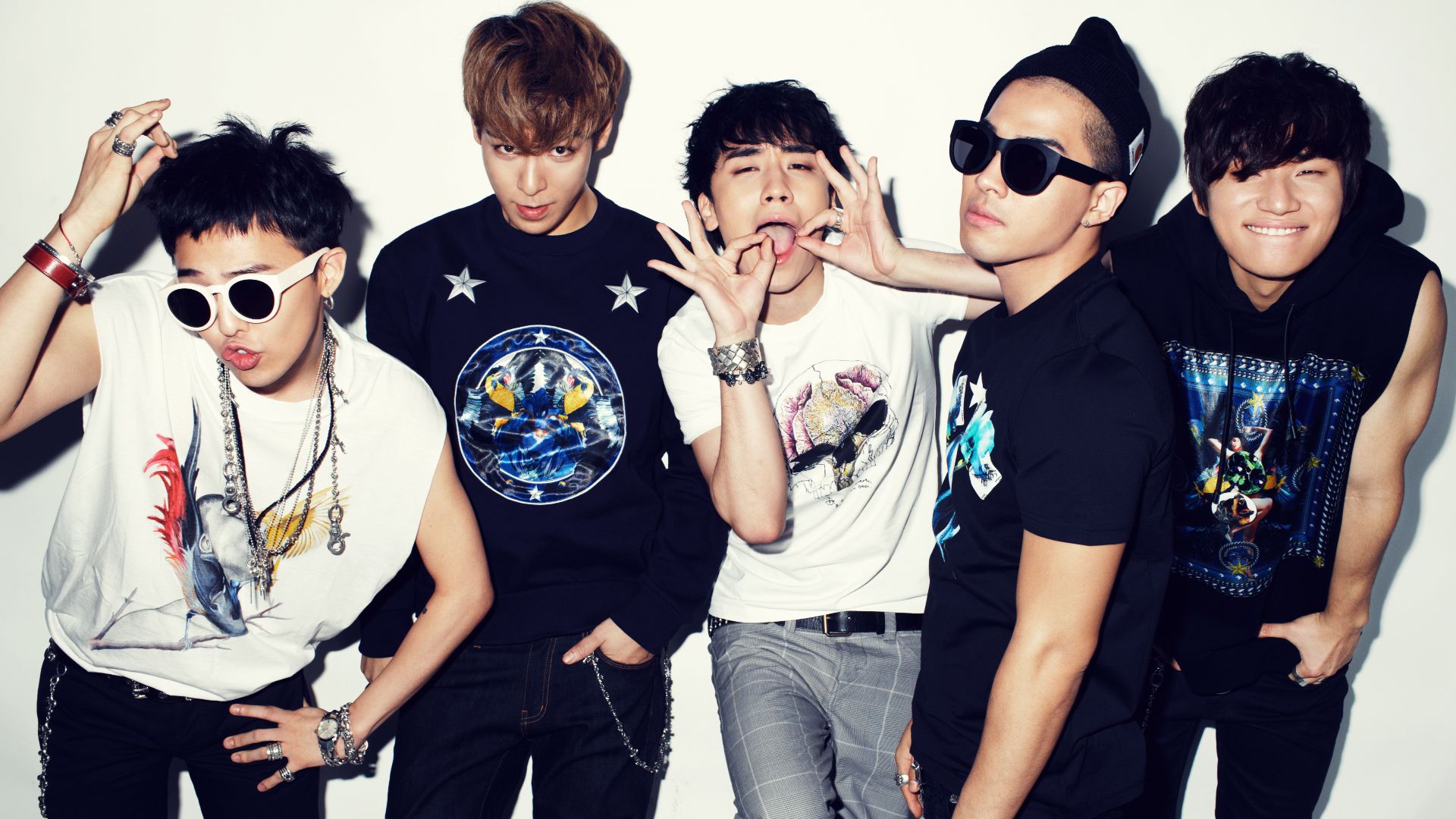 YG Entertainment, Wikimedia Commons
YG Entertainment, Wikimedia Commons
Seo Taiji And The Boys
Often called the pioneers of modern K-pop, Seo Taiji and the Boys fused rap, rock, and pop in early-’90s Korea. Their rebellious lyrics and experimental sounds transformed South Korea’s music industry forever. Without them, there might be no BTS, no Big Bang, no global K-pop wave at all.
Jonas Brothers
The Jonas Brothers turned Disney Channel fame into genuine pop-rock credibility. With hits like “Burnin’ Up” and “Sucker,” they proved they could grow up with their audience. Their 2019 comeback was both nostalgic and fresh, showing that sibling chemistry (and a few years apart) can reignite a phenomenon.
 Christopher Simon from Pasadena CA, USA, Wikimedia Commons
Christopher Simon from Pasadena CA, USA, Wikimedia Commons
Backstreet Boys
The Backstreet Boys perfected the boy-band formula: tight harmonies, synchronized dance moves, and timeless ballads. With songs like “I Want It That Way” and “Everybody (Backstreet’s Back),” they became pop royalty. Over 25 years later, their legacy—and fanbase—are as strong as ever, making them the gold standard for the genre.
The Wanted
The Wanted brought a British swagger to early 2010s pop, balancing party anthems like “Glad You Came” with heartfelt ballads. Their playful rivalry with One Direction kept fans talking, while their harmonies proved they had real vocal chops. Their brief but brilliant run left fans wanting more.
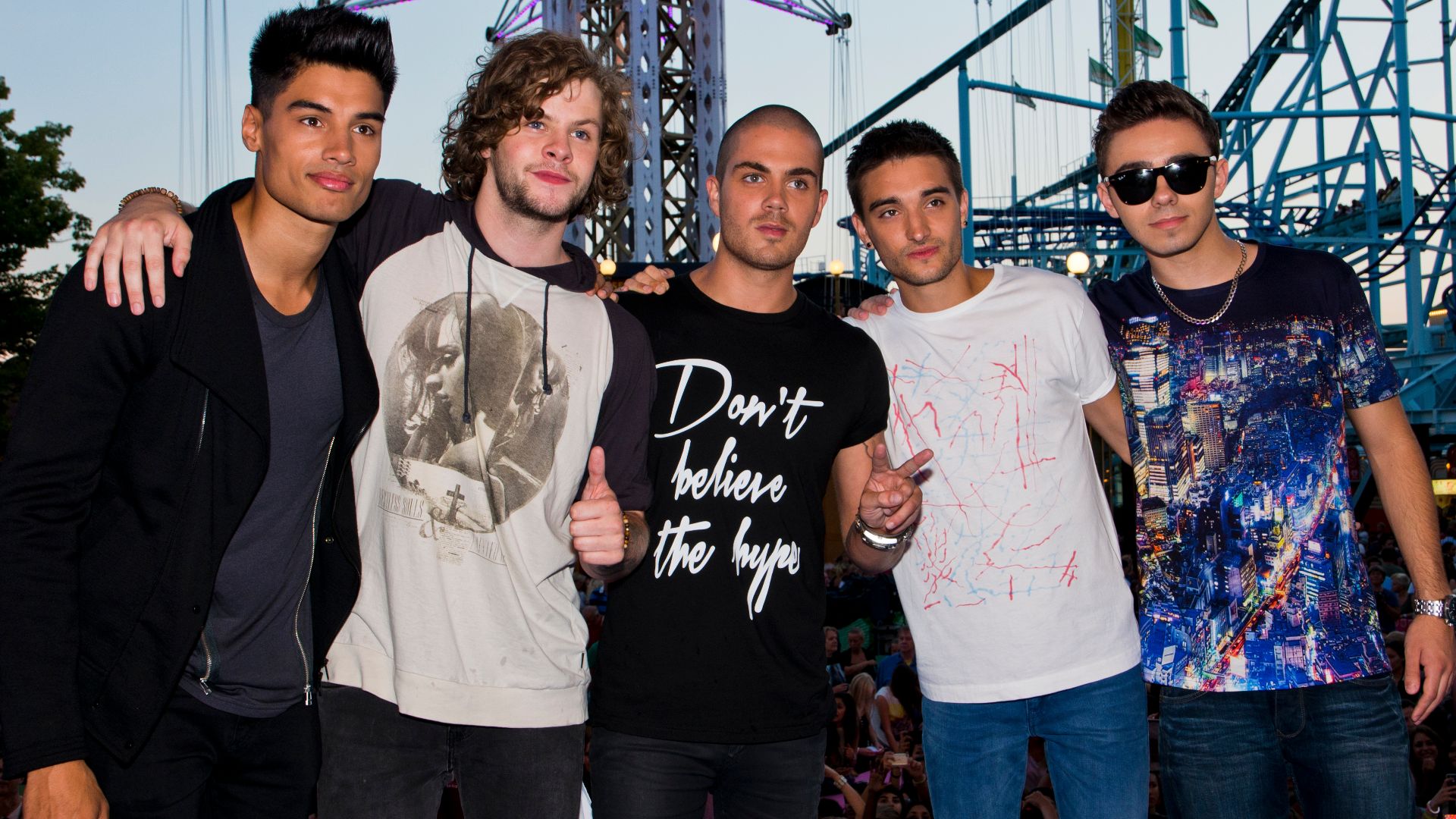 Daniel Åhs Karlsson, Wikimedia Commons
Daniel Åhs Karlsson, Wikimedia Commons
Day26
Formed on Making the Band 4, Day26 brought R&B sophistication to the late-2000s. Their harmonies and vocal power earned them chart success with hits like “Got Me Going”. Despite breakups and reunions, their influence on modern R&B groups remains quietly powerful.
 Lou-Andrew Rodriguez, Wikimedia Commons
Lou-Andrew Rodriguez, Wikimedia Commons
You May Also Like:
The Most Iconic Girl Groups Of All Time
The Most Iconic Frontmen And Frontwomen Ever

